YYYYMMDD >>> BACK HOME <<< >>> SELECTED FEATURES <<< >>> HIDDEN ARCHIVE <<<
[20220520]
TRY DOING ANYTHING WITHOUT IT by KATE NEWBY at ART : CONCEPT [from 20220423 to 20220521]
[Photos: Nicolas Brasseur]
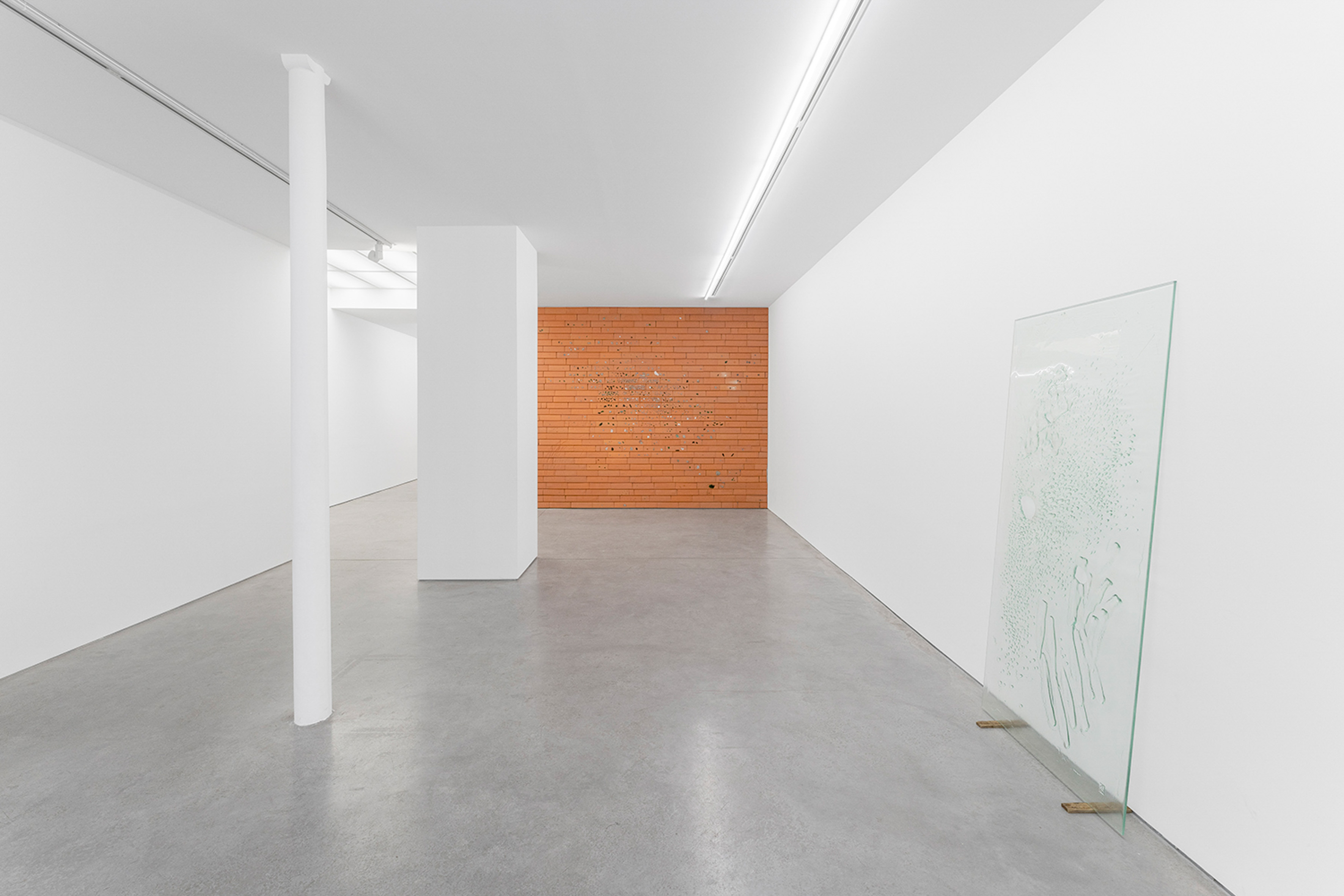


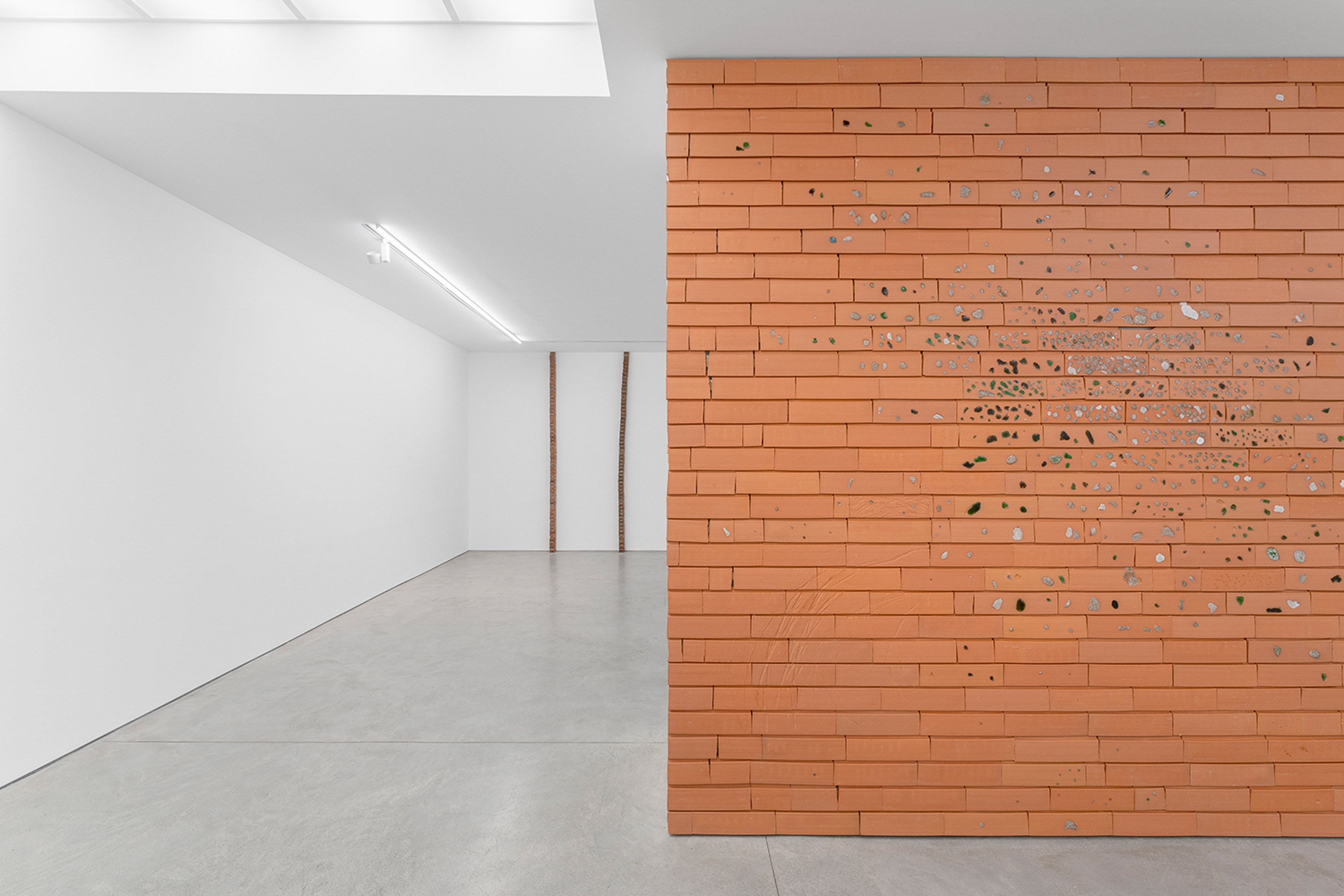
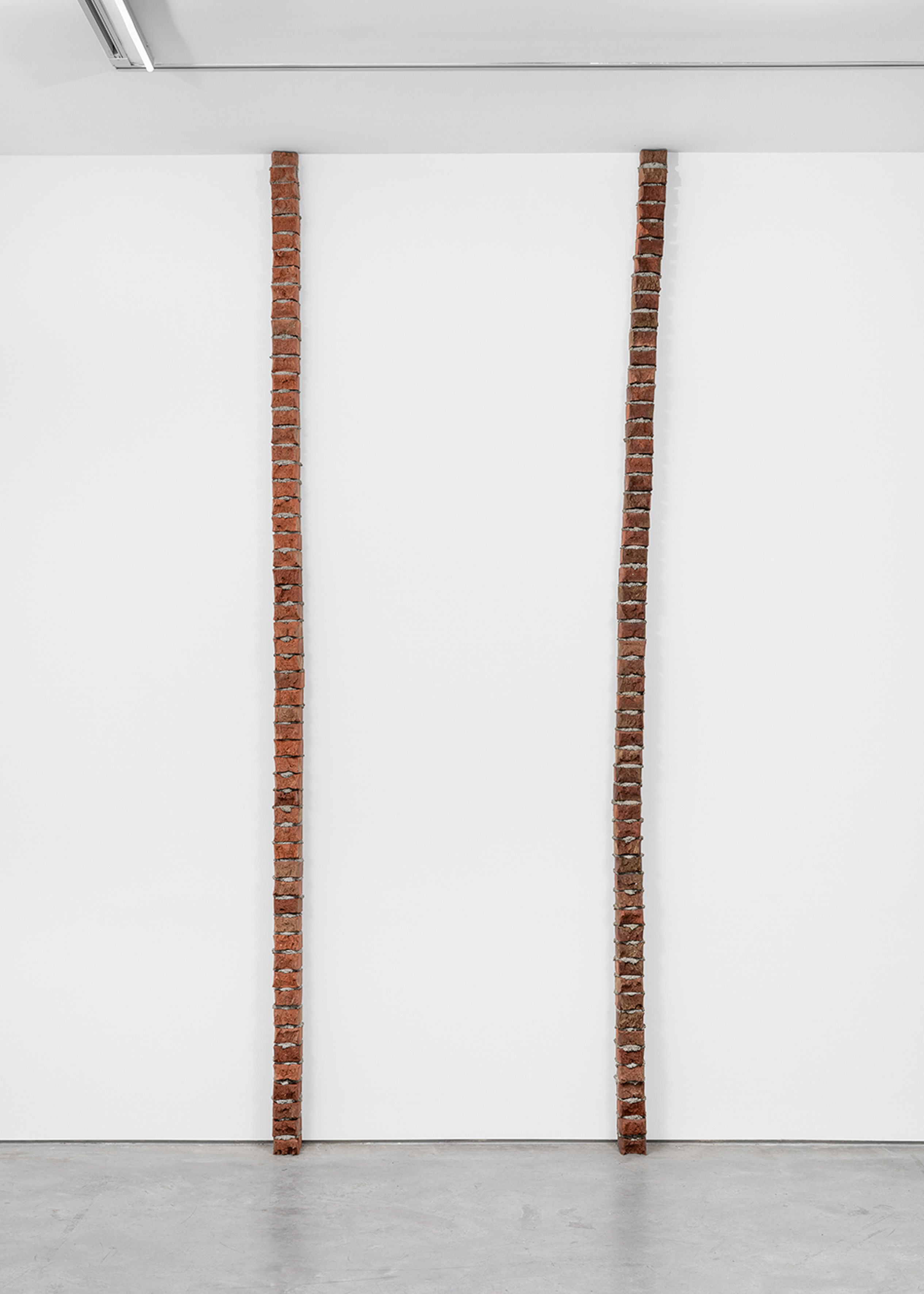

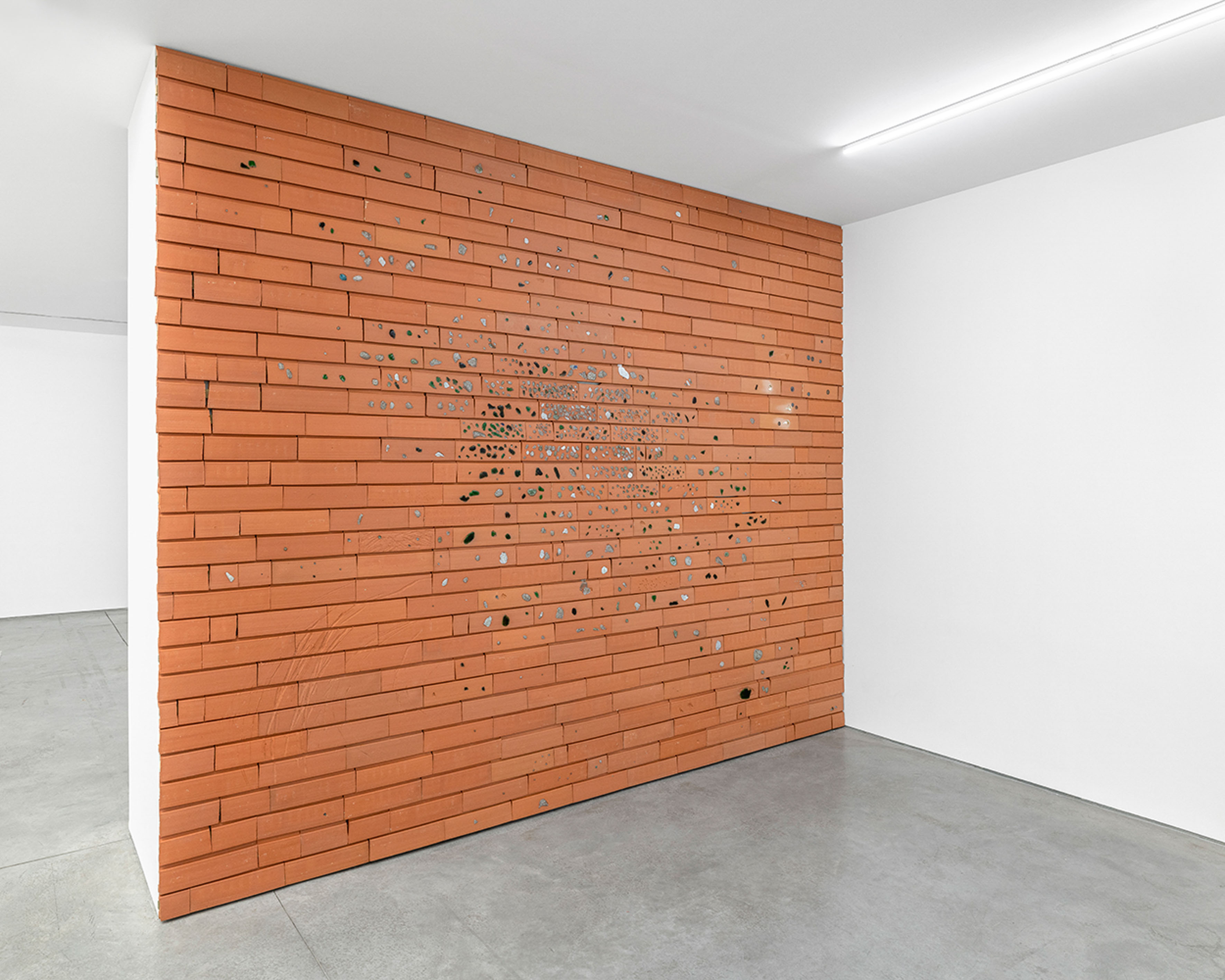
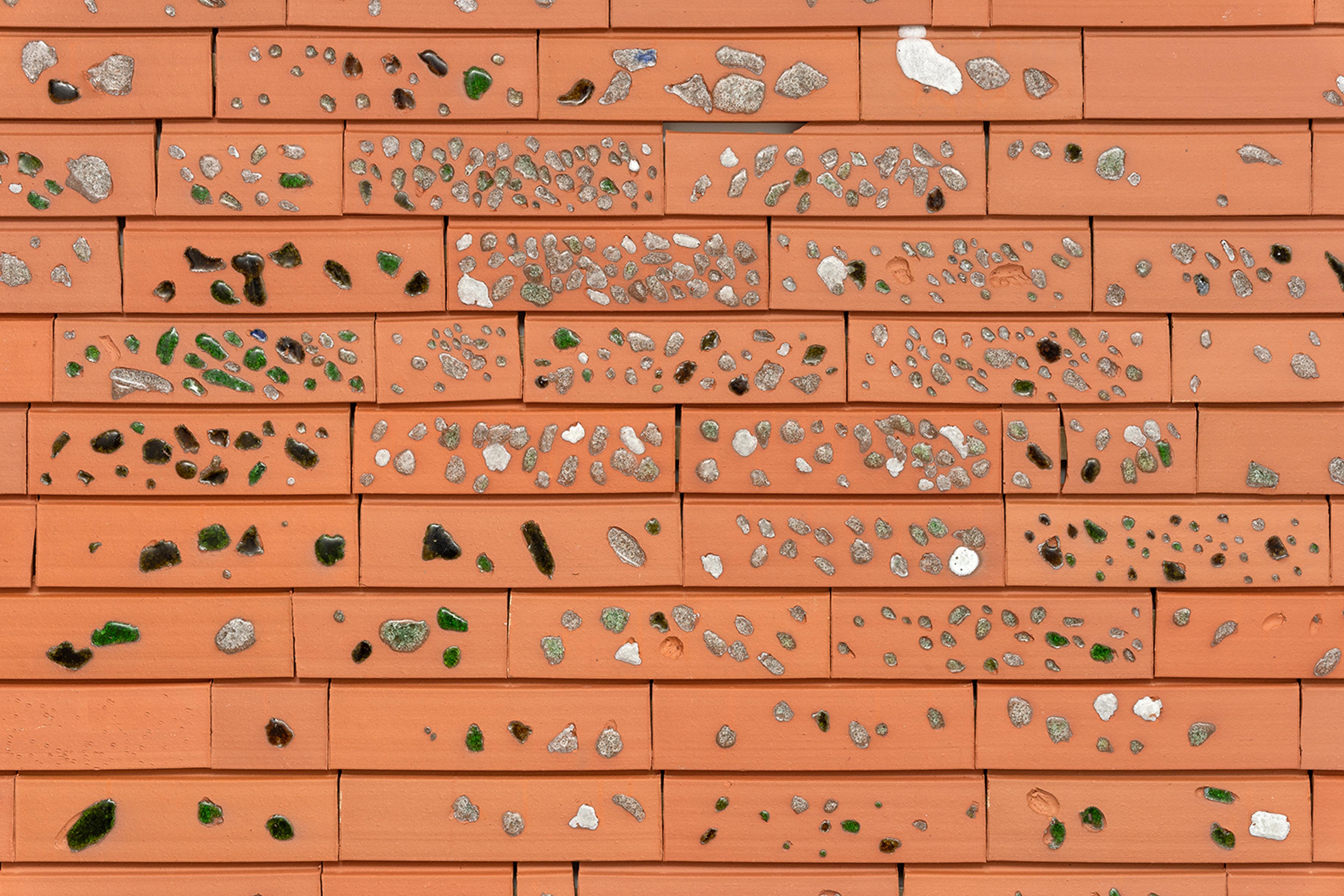
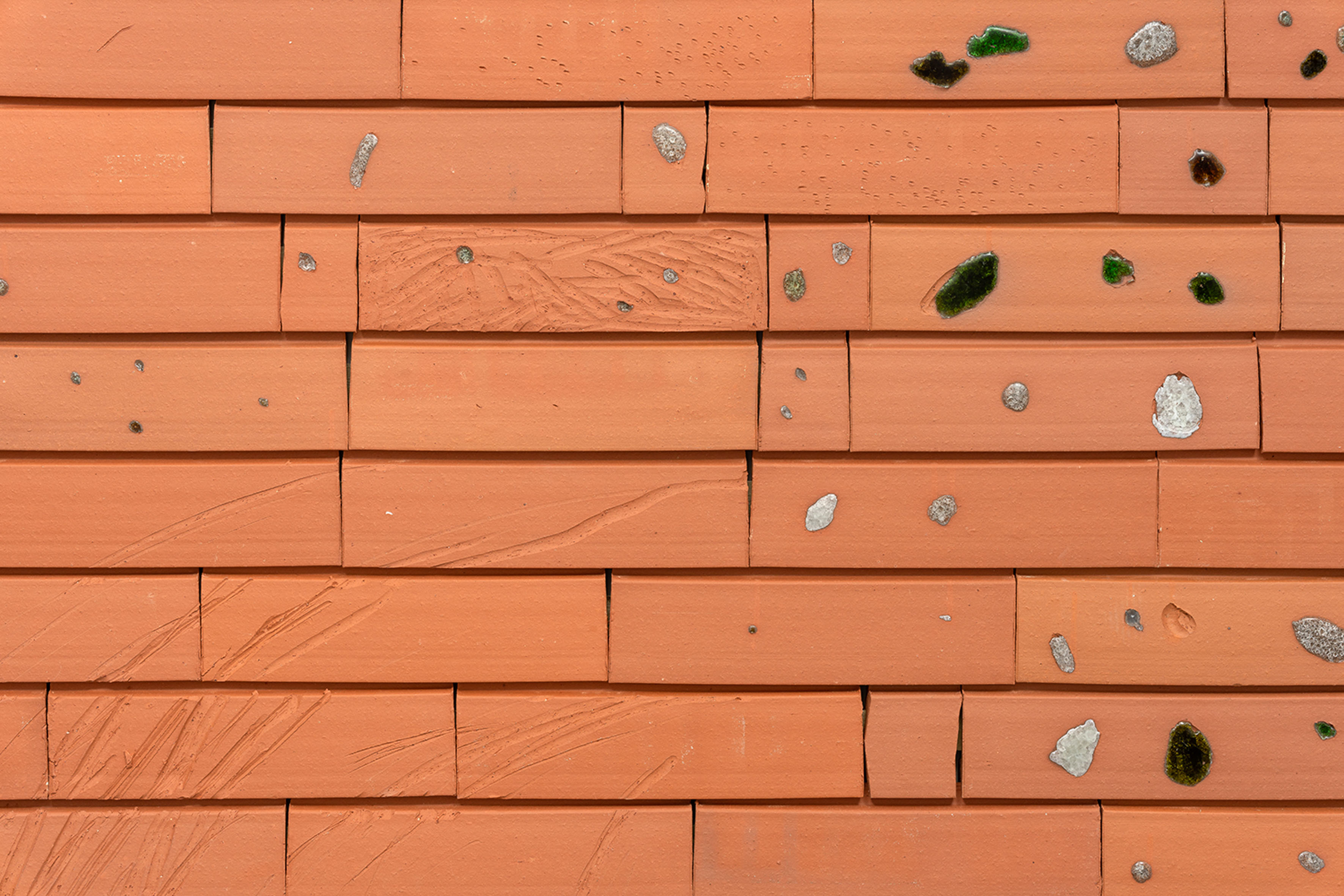


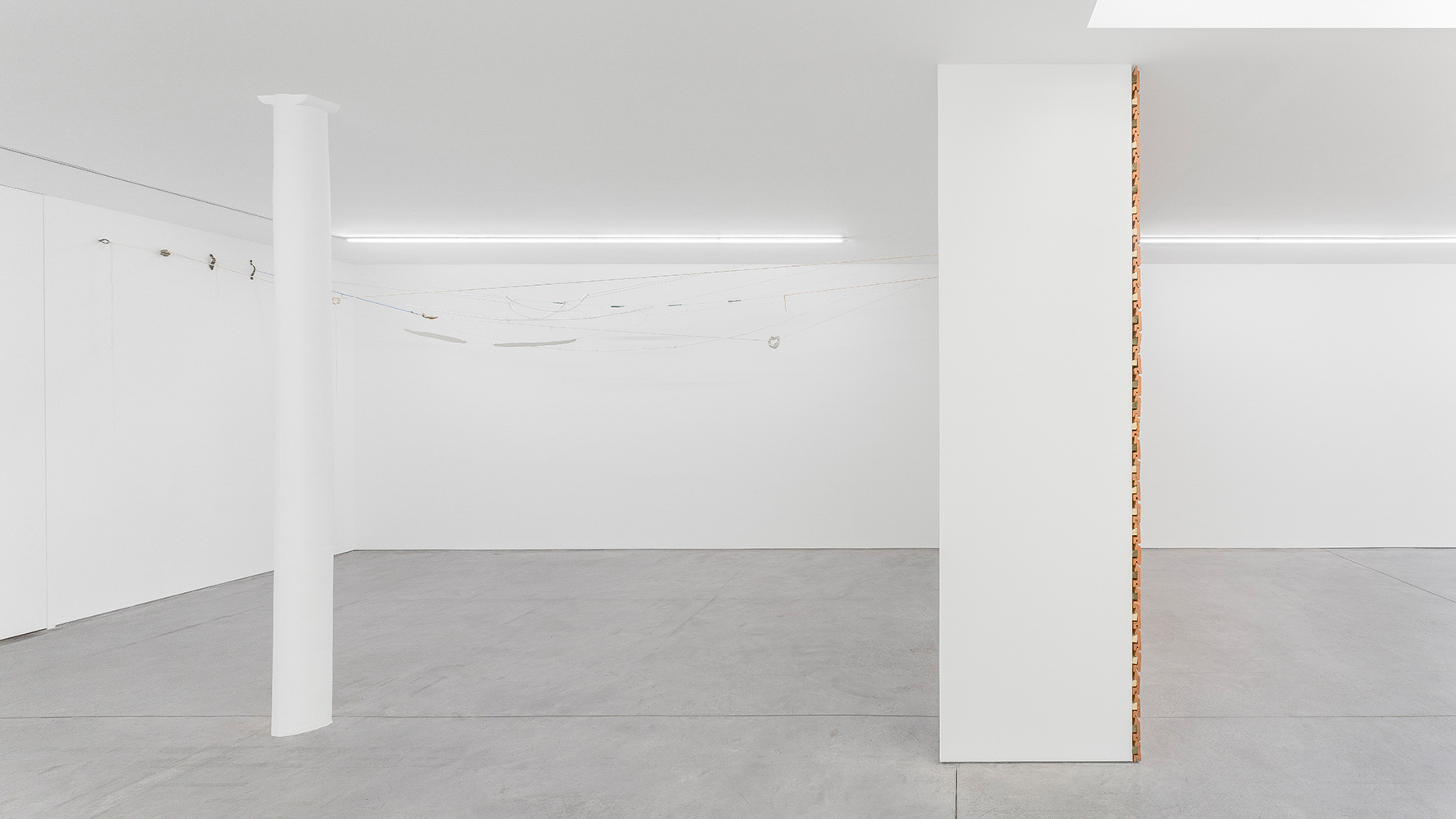



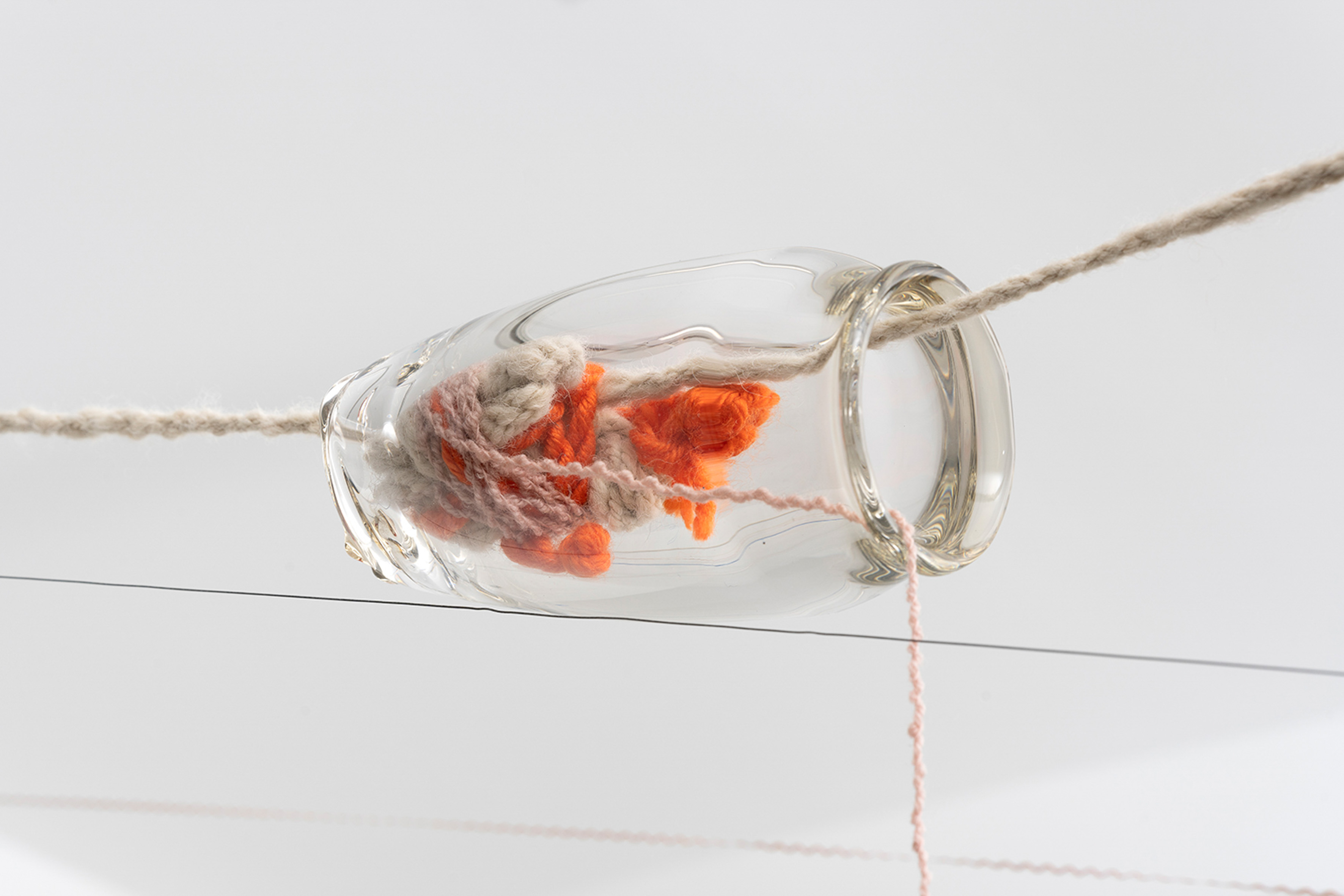


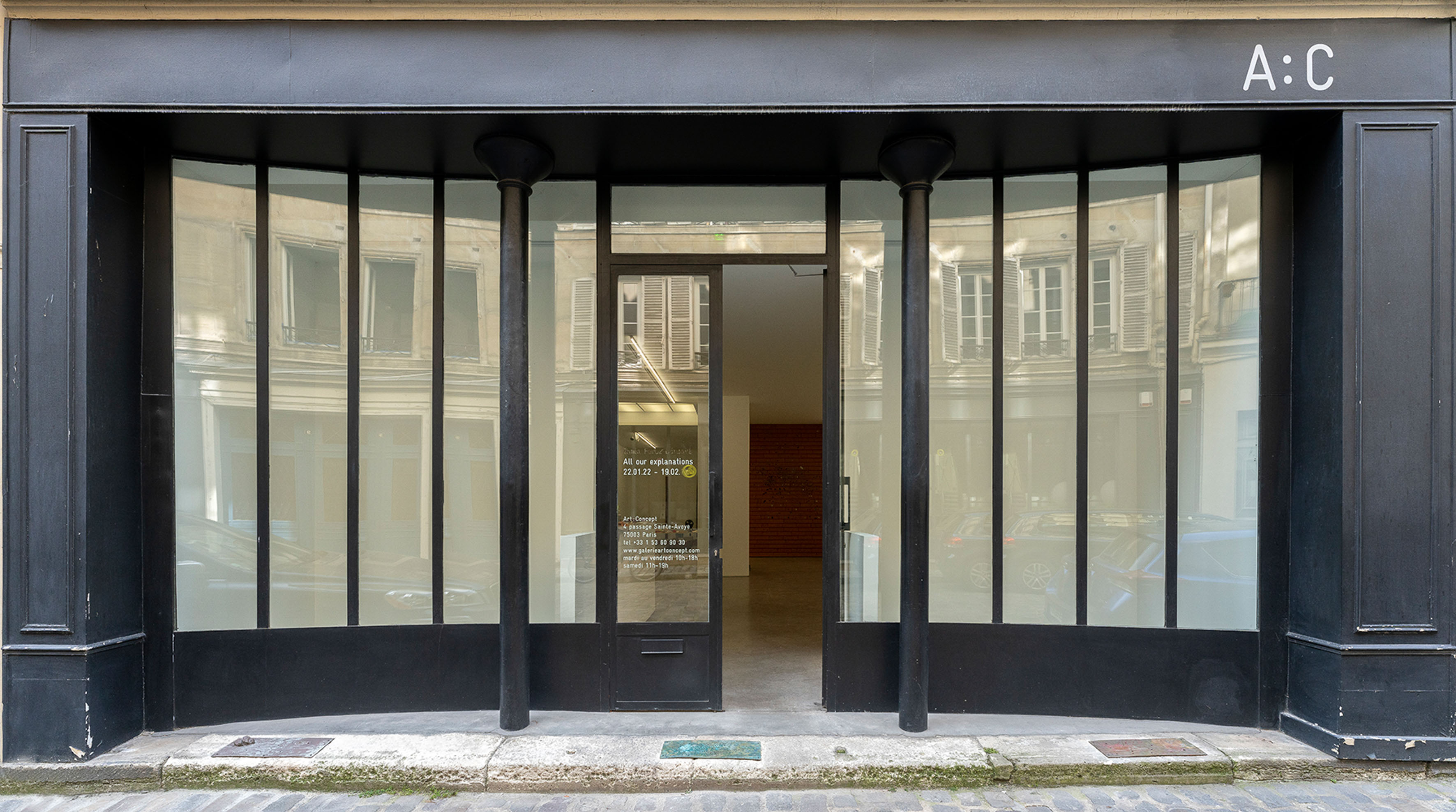
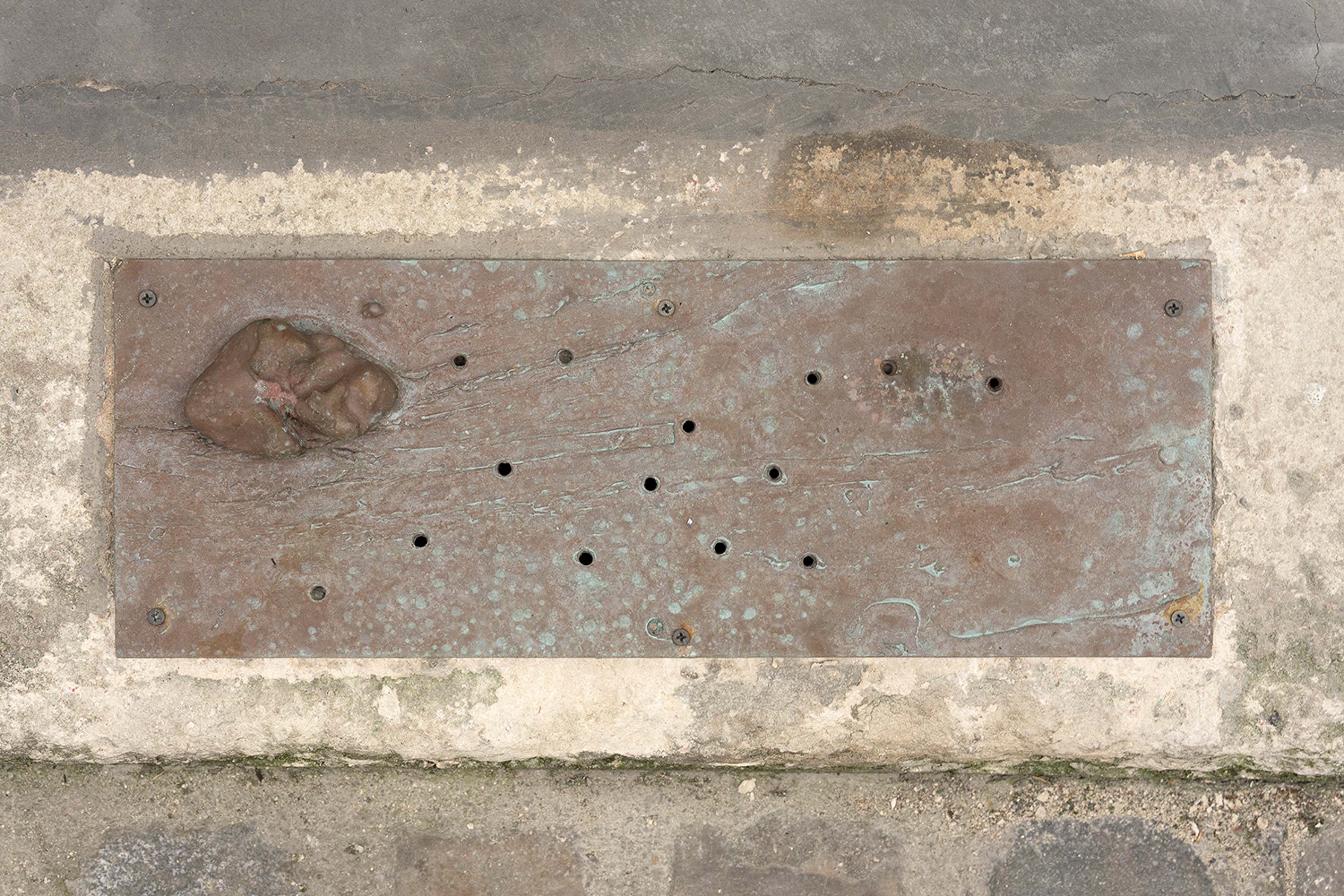
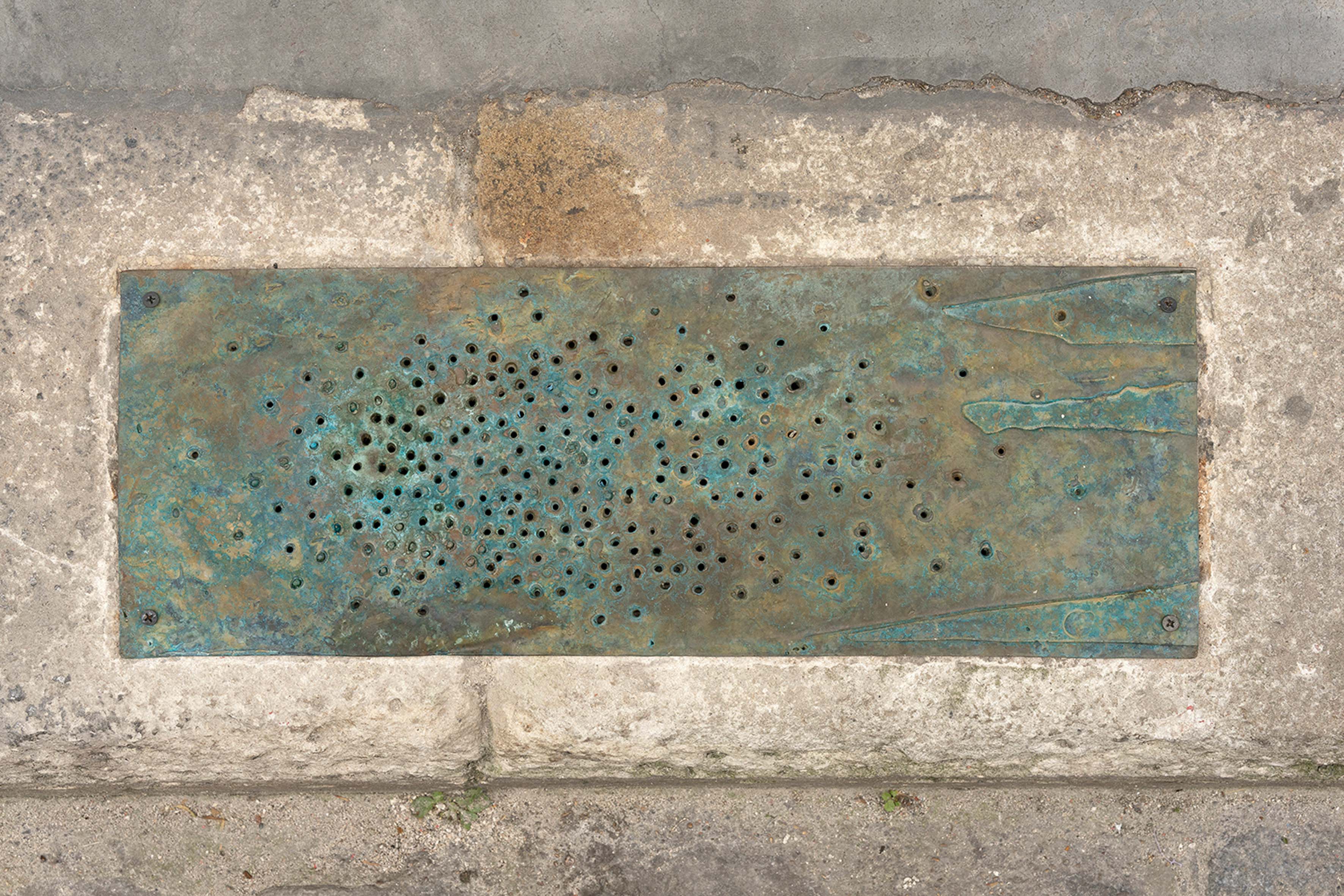

Art: Concept is pleased to present Try doing anything without it, the first solo exhibition by Kate Newby at the gallery.
Kate Newby (b. Aotearoa New Zealand in 1979, lives and works in Texas) often speaks of her work from the standpoint of “care.” Her work invokes kinship, communion, and the safe keeping of commonplace objects and the physical phenomena that shape them. Using methods and production schedules that condition the work in its becoming, she asks what is possible in a material’s life cycle, and the varied unknowns in its manufacture. Especially how one process can lead to vastly different results if made in another chronology. Using what she calls “information” symbiotically from conception to production, she takes inspiration in both the natural and built world and creates work that is time and situation based. Rice and couscous that has been roughly pressed into a handle cast in bronze; wild grass that has swept across wax forms for bronze casting. The artist points to otherwise unnoticeable details that are shared in everyday visual experience.
Newby often crudely molds, throws, and rips her work into shape, and in many ways, the work is determined as much by constraint, restraint, and impossibility as what is within reach. Working with common materials such as clay, rope and discarded things (coins, and broken glass), Newby collaborates with artisanal and industrial studios and factories to expand the potential of sculpture. For Try doing anything without it, the artist has created work made locally in France and tailored to the specific architecture of the gallery, including its quintessentially Parisian aeration vents on the exterior. Using a lost wax casting technique in bronze, three of these vents have been reproduced and installed in situ, patinated with salt, vinegar, and aerial mists, creating new multiple effects both in texture and color.
For the interior, the artist has made, in collaboration with the Rairies-Montrieux brickfactory, an ex-professo ceiling to floor brick wall system from a commercial product that uses no mortar, and has a barely visible gap permitting ventilation. Newby “carved out a home” for discarded glass shards and coins collected from friends off the streets of Paris, gluing them into place, allowing “information” to rest before firing. The vertical orientation of the piece articulates a subtle, even paradoxical relationship to what is embedded. This creates a feeling of slight disorientation due to gravity—the details on the brick wall recall chewing gum or smears on street surfaces, which we typically associate with the ground.
In the rear room, the artist installed two brick towers of individually ripped bricks, from the same extruded clay available in the factory. The anchored sensation in one installation is counterbalanced by a feeling of imbalance in the other. This is furthered by the lightness felt in the delicate hovering handmade rope installation made from curved hand blown glass and bean like porcelain ceramics, secured with bronze casted handles. When asking the artist about the possibility of sculpture in these onsite contexts, she remarks, “I like working in these situations because I am just as interested in what I can’t do, and I’m really interested in learning what I can do. Like if this brick was a week older, I wouldn’t have been able to rip it in half, it just wouldn’t have had enough moisture.” What unites these works is the act of letting materials perform, without too much control over their own agency. By directing our attention to changing aspects in the larger social fabric, Newby asks for attunement, particularly to the often overlooked smaller details, rhythms, and scales in life.
[Text: Jennifer Teets]
©YYYYMMDD 2021 All content and design by Daniela Grabosch + Ricardo Almeida Roque unless otherwise stated. Images, Videos and Texts can only be used under permission of the author(s).